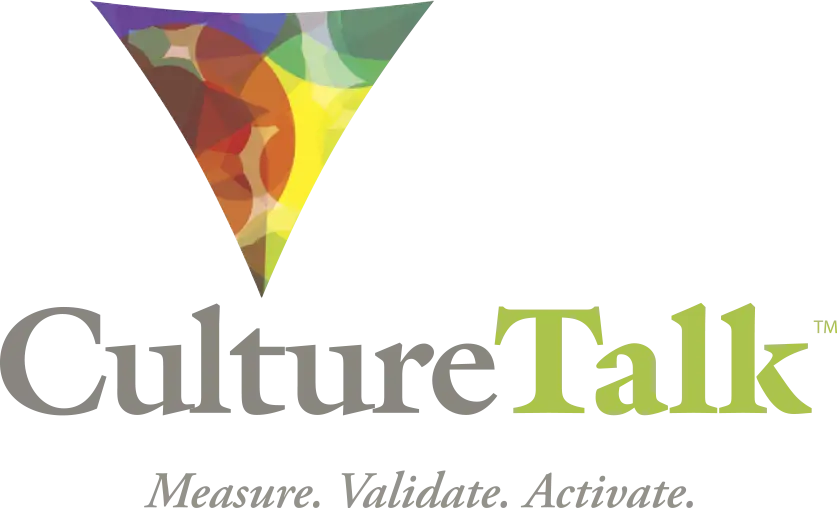Science & Methodology
Carl Jung introduced Archetypes as universal storylines that shape how we think, feel, and relate—both as individuals and in groups.
As he explained: “Archetypes show up as personality in individuals—and as culture in groups.”

Carol Pearson brought Archetypes to the modern business world. An academic researcher, she identified 12 stories most common in organizations and applied this ‘narrative intelligence’ to leadership development and organizational alignment. It is Pearson’s 12-Archetype framework that we use in our work at CultureTalk.
3
Step Methodology
Learning how you ‘type’ in an assessment is of little value unless you have a way to unpack the outcomes and see the results in context to your own experience. That’s why we teach the 3-Step CultureTalk Methodology.

Step 1
Measure
At the center of the CultureTalk Platform are two validated assessment instruments that measure Archetype patterns in individuals and groups.
Both of these instruments present scores across the full, 12-Archetype framework.
Step 2
Validate
To validate Archetypes, we look for ‘story points’ to illustrate how high-scoring patterns are showing up.
For individuals, learning the motivations, strengths and shadows of each Archetype can create ‘ahas’ and uncover the ‘why’s of their experiences. They can build a personal Archetypal Profile of 3 or 4 patterns that express ‘who am I?’
For teams and organizations, validation can include interviews and focus groups with key stakeholders to capture the organization’s stories and symbols, it’s strengths and shadows. A cultural profile of 3 Archetypes should illustrate ‘who are we as a team’ and ‘who are all of us as an organization.’’


Step 3
Activate
Watching the work take hold in the development of talent, teams and organizations is one of the most exciting aspects of applying Archetypes.
Archetype profiles can be applied to many connected growth and change initiatives that play out over time, giving the work tremendous scalability and staying power.
4
Key Concepts
Here are four key concepts that make Archetypes a user-friendly framework for activating growth and change.
1
Archetypes are stories.
Neuroscience shows that ‘story’ is the way our brains process information. Even when given a list of facts – our brains translate facts into stories in order to make them memorable and meaningful. In brain imaging studies our neural networks get lit up on stories.
2
Each Archetype has strengths and shadows.
Just like human beings – Archetypes are rich and colorful, but also flawed and relatable. There are no good or bad Archetypes – they each have their own motivations and strengths, but they also have and blind spots or shadows traits.
3
We have the capacity for all 12 of these Archetype patterns.
One or more of these Archetypes may be related to an individual’s or organization’s core identity, while others may shift over time in response to phases of life or business – or in response to situations encountered. Rather than a narrow lens that boxes people in, Archetypes allow authentic and multi-dimensional stories to emerge.
4
Latent Archetypes can be activated.
Knowing which Archetypes are less active in an individual or organization can shed light on perspectives and skills that are missing.










